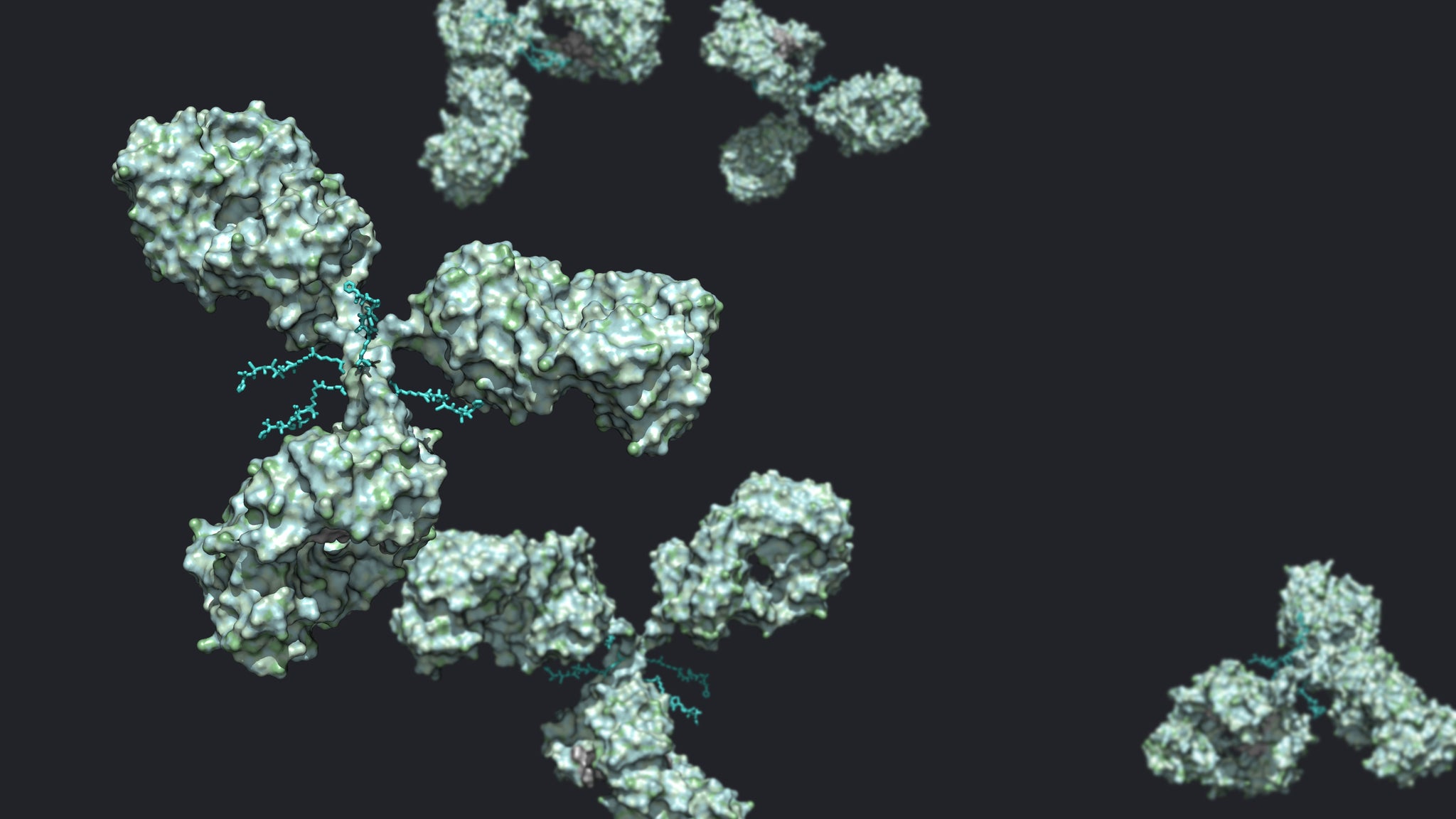High-complexity in vitro models for the toxicity assessment of antibody-drug conjugates

High-complexity in vitro models for the toxicity assessment of antibody-drug conjugates
Cancer remains a leading global cause of death, with nearly 10 million deaths in 2020. Additionally, each year approximately 400,000 children are diagnosed with cancer. Common types of cancer include breast, lung, colon, stomach, prostate, and skin. One of the latest developments in the treatment of cancer is constituted by antibody-drug conjugates. Just like guided “biological missiles”, antibody-drug conjugates are a class of targeted cancer therapies designed to deliver cytotoxic drugs specifically to cancer cells while sparing healthy cells. The main constituents of an antibody-drug conjugate are:
- Monoclonal antibody. The antibody-drug conjugate includes a monoclonal antibody that specifically binds to a cancer antigen present on the surface of tumour cells, allowing for precise targeting.
- Cytotoxic agent. Attached to the monoclonal antibody is a cytotoxic molecule. This agent is highly toxic to cells and is designed to induce cell death upon internalization by the tumour cell.
- Chemical linker. The monoclonal antibody and the cytotoxic agent are connected by a chemical linker. This linker is designed to remain intact while the antibody-drug conjugate circulates in the bloodstream, preventing premature release of the cytotoxic agent. However, once the antibody-drug conjugates reach the cancer cells within the tumour microenvironment, the linker is cleaved, releasing the cytotoxic agent specifically within the tumour cell.
The targeted delivery of the cytotoxic molecule to cancer cells reduces the systemic exposure to the cytotoxic agent, aiming to limit the risk of toxicity to healthy tissues. However, in spite of their sophisticated design, antibody-drug conjugates do not exhibit perfect accuracy with regards to their tumour-targeting mechanism, and adverse reactions can arise from off-target toxicity, including for example cardiotoxicity, gastrointestinal toxicity, peripheral neuropathy and skin toxicity.
To test for any issues associated with off-target effects of antibody-drug conjugates, researchers can rely on in vitro toxicological assessments. However, traditional cell culture models typically include single cell types, belonging to a single organ. For this reason, these models are not capable of replicating in vitro the distribution of antibody-drug conjugates in different organs observed in vivo during the treatment. To model the in vivo scenario, it is therefore necessary to use advanced in vitro models capable of closely mimicking the complex cellular environments within the human body.
High-complexity in vitro models can be developed using NANOSTACKSTM – innovative platforms enabling the development of advanced in vitro models useful to accurately assess the safety and efficacy of antibody treatments. NANOSTACKSTM-based in vitro models can replicate different cell compartments within the same organ, as demonstrated with our liver and brain models, but can also model organ-organ interactions, such as in our liver-brain axis model. Additionally, the solid tumour microenvironment, including both cancerous and adjacent healthy cells, can be modelled using NANOSTACKSTM.
In addition to replicating the in vivo scenario, it is important to appropriately model the kinetics and dose-dependent effect of the antibody-cells interaction. In NANOSTACKSTM-based models, each cell is fully exposed to the tested antibody, and therefore there are no issues associated with limited antibody penetration, which could affect the pharmacokinetics in other types of multicellular in vitro models such as spheroids, organoids and hydrogel-based organ-on-a-chip systems.
In conclusion, by closely modelling the in vivo environment, NANOSTACKSTM-based in vitro models offer a transformative platform for assessing the complexity of antibody-drug conjugates treatment responses and for uncovering potential adverse effects before progressing towards clinical trials. Therefore, the use of NANOSTACKSTM models can bring us closer to a future where antibody-based medicine revolutionizes healthcare.
We hope this blog post has been informative for you. To learn more about our services, you can explore the rest of our website at https://revivocell.com/

